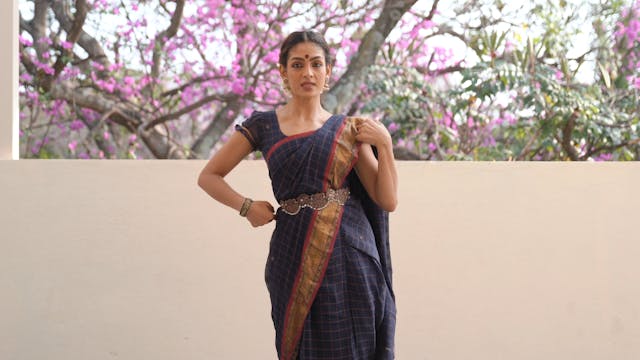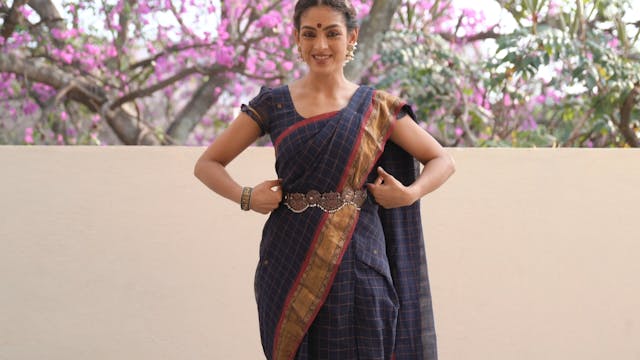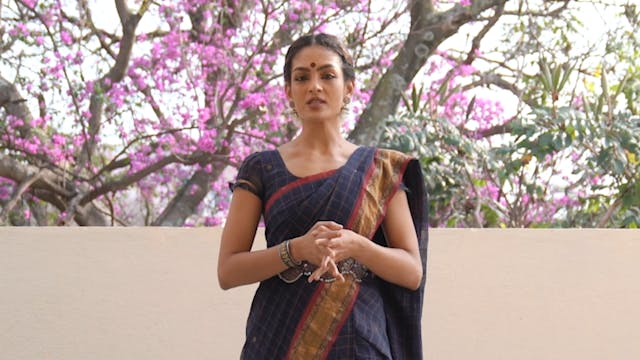The head is considered one of the Angas, or major limbs according to the Natyashastra.
The movements of the head are used not only for the precise control in the execution of Nritta but also to communicate meaning in the context of gesture.
Please refer to the Shloka below for pronunciation. Please note that the separate movements of the head when put together in a Shloka form 'Sandhis', or compound words in the Sanskrit language. Words like 'ca', 'thatha', mean "and", "also". The separate words for each movement are also given below the shloka.
Ākampitam Kampitam ca dhutam vidhutameva ca
Parivāhitodvāhitakamavadhutam tathāñcitam
Nihañcitam parāvrttamutkshiptam cāpyadhogatam
Lolitam caiva vijñeyam trayodaśacidham Śirah
Ākampita
Kampita
Dhuta
Vidhuta
Parivāhita
Udvāhita
Avadhuta
Añcita
Nihañcita
Parāvrtta
Utkshipta
Adhogata
Lolita or Parilolita
Up Next in Natyashastra: Angas & Upangas
-
Pārśva Bheda Introduction
The side, Parshva is considered one of the Angas, or major limbs according to the Natyashastra.
The movements of the side are used not only for the precise control in the execution of Nritta but also to communicate meaning in the context of gesture.
-
Pārśva Bheda Shloka
The side, Parshva is considered one of the Angas, or major limbs according to the Natyashastra.
The movements of the side are used not only for the precise control in the execution of Nritta but also to communicate meaning in the context of gesture.
Please refer to the Shloka below for pronun...
-
Urō bheda Introduction
The chest or Uras is considered one of the Angas according to the Natyashastra. The movements of the chest are used not only for the precise control in the execution of Nritta but also to communicate meaning in the context of gesture.
Please refer to the Shloka below for pronunciation. Please no...


